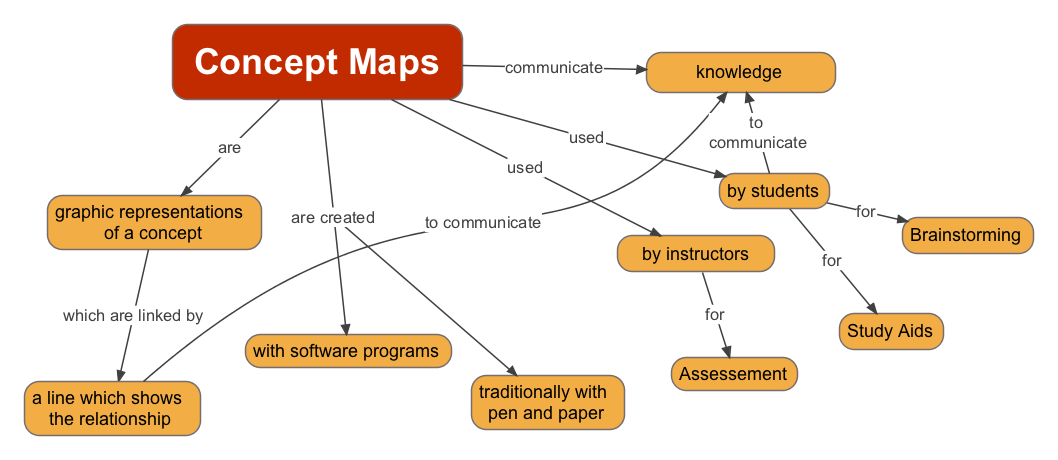Topic outline
-
-
The ENTREE will explore the key concepts relating to Reconciliation in a contemporary Australian context.There are five days / 10 hours of learning materials.
- Day 1 (2 hours). Understanding Reconciliation

- Day 2 (2 hours). History of Reconciliation
- Day 3. (2 hours). Reconciliation in Contemporary Australia
- Day 4. (2 hours). Reconciliation in the community
- Day 5. (2 hours). Reconciliation in the Workplace
At the end of this ENTREE there is an opportunity to complete an optional assessment piece.
- Day 1 (2 hours). Understanding Reconciliation
-
Learning Task 1.
Share your current understandings of Reconciliation, and how have you developed this understanding. For example; think about who and what influences your understanding of reconciliation.
Reconciliation is about building better relationships between the wider Australian community and Aboriginal and Torres Strait Islander peoples for the benefit of all Australians.To create positive change we need more people talking about the issues and coming up with innovative ideas and actions that make a difference (Reconciliation Australia 2015). The Australian Government (2015) say's Reconciliation is about unity and respect between Aboriginal and Torres Strait Islanders and non-Indigenous Australians. It is about respect for Aboriginal and Torres Strait Islander heritage and valuing justice and equity for all Australians.
Learning Task 2.
Watch
and then create a concept map identifying and linking key ideas that Professor Dodson discusses. As you watch this video, we want you to practice your active listening and taking notes skills as these skills will support the completion of your concept map.
Read our tips
Active Listening Tips
- Focus on the speaker, does the speaker change tone, some words may be repeated or emphasised these word make be part of key ideas.
- When listening make a conscious effort to remain neutral and non -judgemental whilst the speaker is speaking.
- Whilst you are active listening maintain eye contact, smile and try not to be distracted
Note Taking Tips
- Not everything the speaker say's is relevant, you do not need to write down everything that is said.
-
Using symbols and abbreviations can help if you have limited time. This is useful when someone is speaking or delivering a presentation.
- Review your notes as soon as possible.
What's a concept map?
Concept maps are visual way for outlining key ideas and the relationship between these ideas.
- First, write down the main idea in the center.
- Draw a circle around the idea. This will be the starting point for the concept map.

-
Learning Task 1.
The focus of this task is to explore key event through Australian Aboriginal history. Choose two of the three at least to explore.
The 1967 Referendum
- Visit the virtual exhibition.
- Read: The 1967 Referendum by Scott Bennett
The Freedom Rides
- Watch:
- Visit the online exhibition
Learning Task 2.
Compare and contrast the key historical events outline in learning task 1. What does it mean to compare and contrast.
-
Compare: to look for similarities
- Contrast: to look for differences
So to do this first create a concept map and then write one sentence that compares the events and one sentence that contrasts the events. When comparing and contrasting think about doing this in relation to how these events have impacted on reconciliation process in Australia.
Writing a sentence
- A sentence ideally should be no longer than 2 -3 lines. If you go keep to 2-3 lines your sentence will remain clear, concise and direct to the point for the reader.
Sentence example: The referendum and the freedom rides had one key element in common, that being that they advocated for Aboriginal peoples rights with Australia.
-
Learning Task 1.
Watch: The Annual ANU Reconciliation Lecture: Is Australia big enough for reconciliation?
-
Learning Task 1.
-
So far throughout this ENTREE we have
Learning Task 1.
Learning Task 2.
-